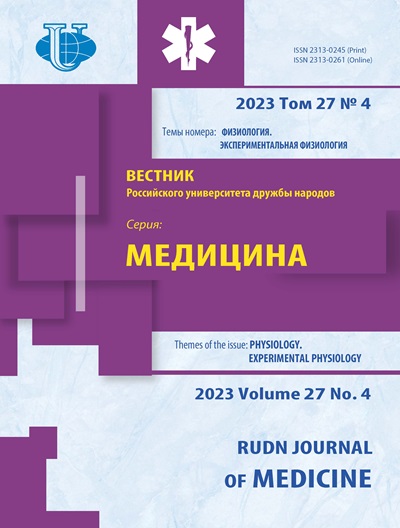Abstract
Relevance. In studying the history of medical and biological disciplines, an important part is the identification of the stages of their formation and development. In this regard, it seems important to make a historical and scientific analytical review of the development of ideas about aviation physiology, covering different stages of the history of science and reflecting the contribution of researchers from different regions. It will be useful for teaching historical and scientific and special disciplines, as well as for researchers involved in the study of aviation physiology. The need to understand how the human body functions in flight arose along with the development of aeronautics. The study is devoted to the analysis of the main stages in the development of aviation physiology. The purpose of the study - to characterize the stages of formation and development of aviation physiology. Research methods. In preparing this publication, articles in publications included in the RSCI, PubMed, and Scopus were mainly used. Preference was given to materials published in the last 15 years. The main results present the stages of development of aviation physiology with a description of the contribution of the main researchers in this field. The achievements of domestic scientists, doctors, physiologists I.M. Sechenov, L.A. Orbeli, G.M. Zarakovsky are analyzed, their scientific priorities in the development of this scientific direction are presented. The process of formation and development of aviation physiology as a direction of biomedical knowledge is presented. Before the advent of aviation (19th century), hypoxia was studied in the study of balloon flights. With the advent of high-speed and maneuverable aircraft, aviation physiology began to study the body’s response to overloads caused by highly maneuverable flights. Conclusion . The development of aviation physiology can be divided into two stages. 1. Pre-aviation, within which the emergence of this area of medico-biological knowledge takes place. 2. Aviation, at this stage scientists have the opportunity to study different multidirectional overloads and their effect on the human body. Currently, aviation physiology is one of the important branches of physiology, aviation and space medicine.















